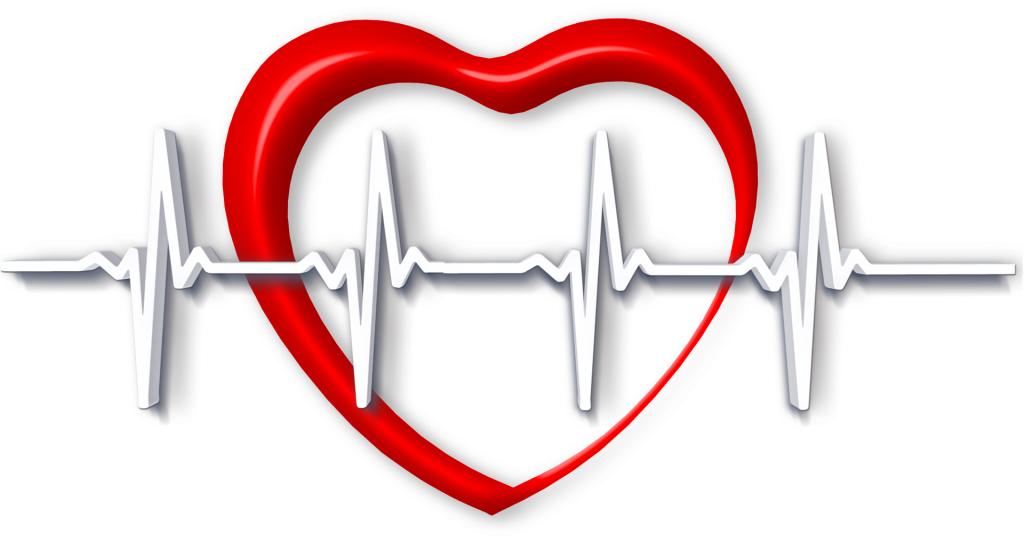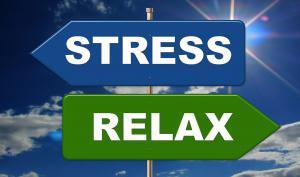Have you ever wondered why you feel so exhausted the day after a stressful day at work or school? Did you know that this stress can affect your workouts as well as your health? What can you do to ensure that you can hit that hard workout tomorrow, despite having a tough day at work today? Heart rate variability (HRV) could be the missing link to help you unlock your potential and have a healthier future.
What is HRV?
HRV is the measure of the variation in time between each heartbeat. This variation is controlled by the autonomic nervous system (ANS). The ANS is divided into two components, the sympathetic and the parasympathetic nervous system, also known as the fight-or-flight mechanism and the rest-and-digest response, respectively.
The ANS works regardless of our desires (hence the name autonomic) and regulates a variety of metabolics, including heart rate, breathing, blood pressure, and digestion. A higher HRV means more variability between heart beats and indicates a healthy and rested system. Conversely a lower HRV means less variability, meaning the body is overly stressed or may indicate a brewing illness.
Why is HRV important?
The clinical importance of HRV was first recognized in 1965 when doctors noted that fetal distress was preceded by changes in heartbeat intervals before any change occurred in heart rate itself. During the 1970s, researchers devised a number of simple bedside tests used to detect autonomic nerve damage in diabetic patients and this furthered our understanding of the connection between HRV and overall health.
The association of higher risk of death after a heart attack with reduced HRV was first shown by researchers in 1977, and in the late 1980s it was confirmed that HRV was a strong predictor of death after a myocardial infarction event.
So, what does this mean for us as athletes and how can we relate HRV to training and performance? It’s actually quite straightforward. If we are stressed, our HRV goes down and we are less able to perform a strong workout. If we are recovered and relaxed, our HRV goes up and our bodies are primed to hit the hard intervals or the weights.
How do we measure HRV?
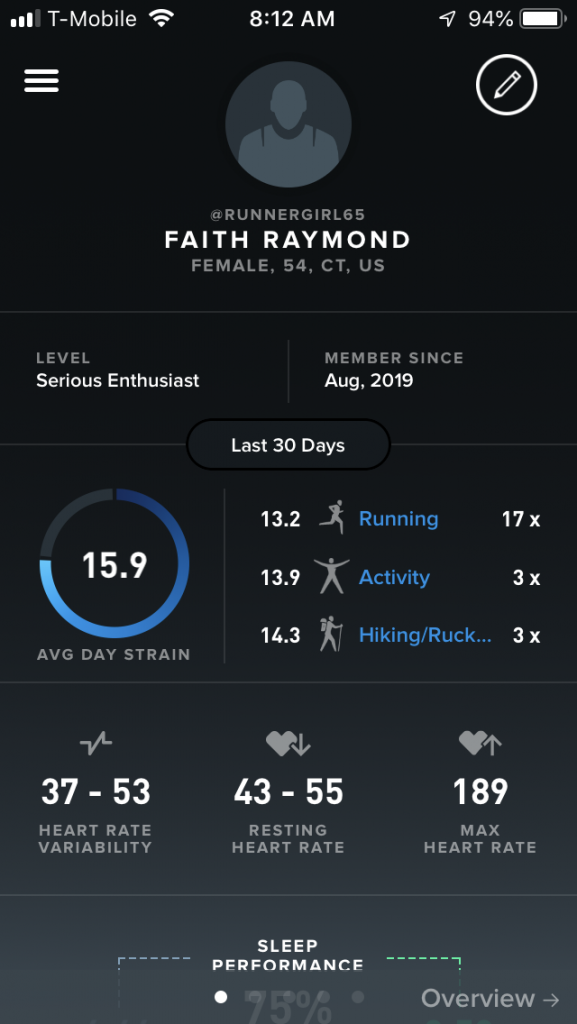
There are several devices on the market (WHOOP, which I personally use, and Oura, for example) that measure and track HRV. You can also measure HRV using a standard chest strap heart rate monitor and any number of apps available on your smart phone.
If using the chest strap and app method, the measurement needs to be taken upon waking, before eating or drinking anything. Measurements should be done 4-5 times a week in order to get a proper baseline and trend.
If using one of the devices available, your job is even simpler. The device automatically reads your HRV during your sleep phase and records it to the device’s platform.
What controls HRV?
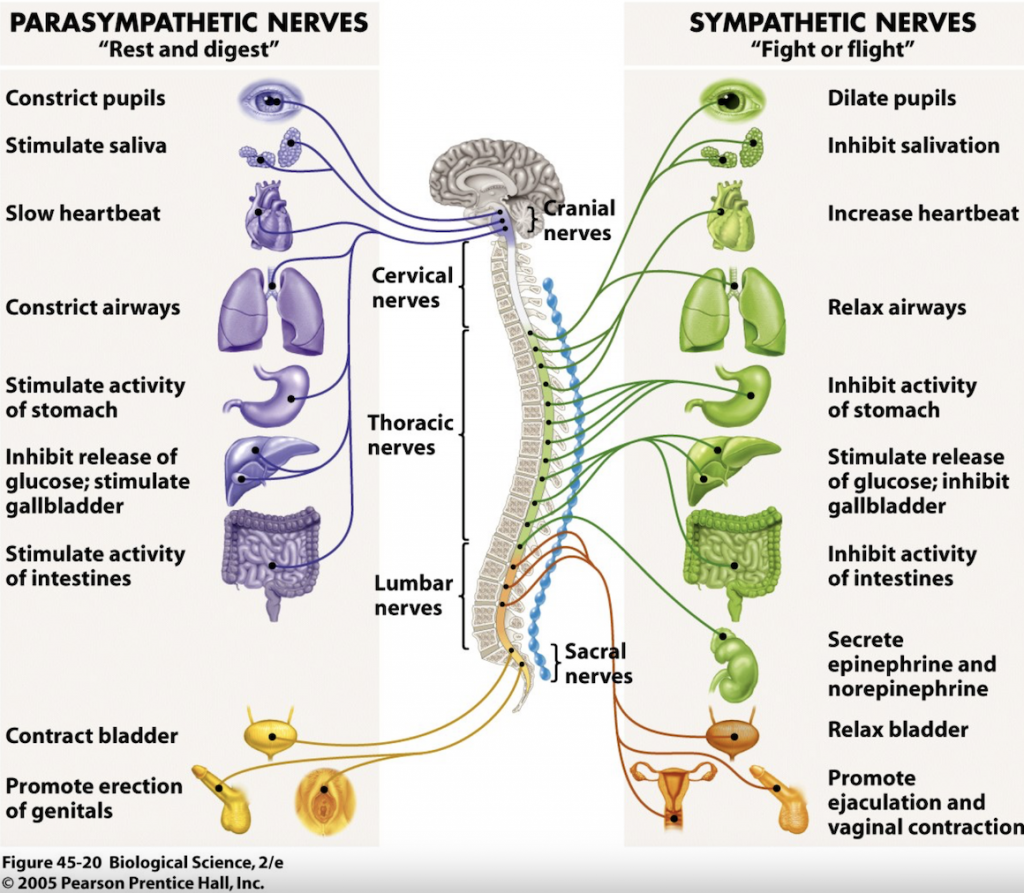
HRV responds to changes in the autonomic nervous system activity associated with stress. Studies show that HRV changes in response to stress induced by various methods. Some contributing factors to changes in HRV are the amount and quality of sleep, healthy eating habits (or lack thereof), a stressful day at work or a relaxing day at the beach.
The ANS responds to all of these inputs by sending signals to either the sympathetic nervous system (fight-or-flight) or the parasympathetic nervous system (rest-and-digest), and HRV will reflect the most active system.
Myocardial infarctions (heart attack), diabetes mellitus and heart transplants are just a few health issues that can cause long-term changes to normal HRV. Some drugs and supplements can cause short-term changes to normal HRV and should be taken into consideration when tracking HRV.
High HRV equates to proper recovery and effective management of stress.
We can counteract the effects of life and training stress by getting plenty of sleep, eating a variety of high-quality foods and hydrating properly. Avoiding alcohol and caffeine also seem to contribute better recovery and subsequently, higher HRV.
Long-term stress contributes to a persistent low HRV because the body is in constant fight-or-flight mode, and may indicate overtraining syndrome or simply a need to reduce overall lifestyle stress.
How can we use HRV to train effectively?
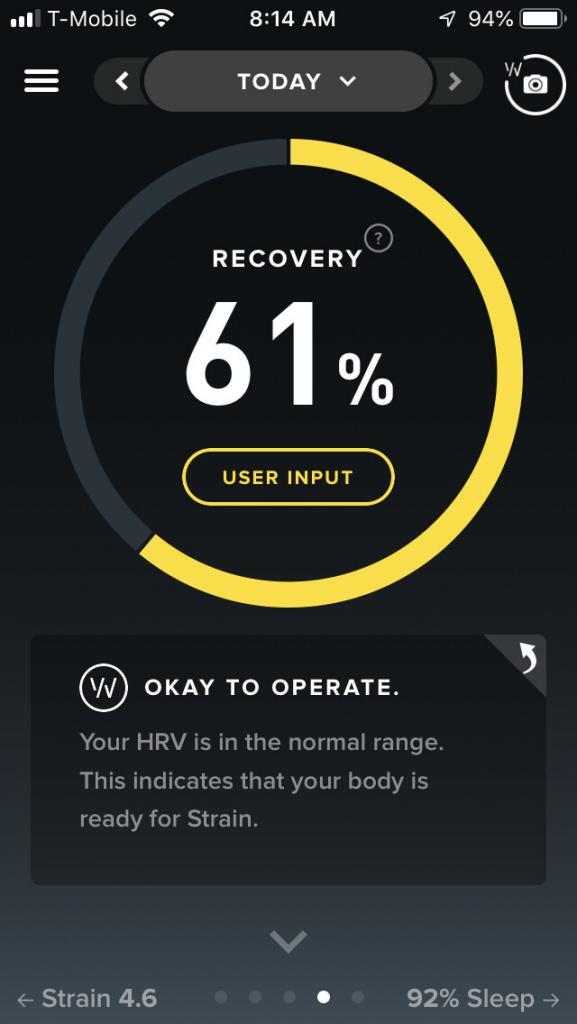
Tracking HRV is a great tool to motivate change. It may encourage a runner to get more sleep or drop that extra tempo workout if his or her HRV is unusually low. Conversely, it may motivate a runner to work a little harder at those intervals or push a bit to get those last few miles of a long run if his or her HRV is high and the body is primed to take on extra strain.
While monitoring and training using HRV obviously can’t help us avoid stress, it could help us understand how to respond to stress in a healthier way by adding meditation or by aiming to get a little more rest.
The body doesn’t know miles, or hours at work, or a fight with our spouse. It knows stress. By tracking the body’s response to stress, we can create a training program that works to progress the runner without overdoing it.
Since HRV is a marker of all life’s little stressors, altering the training plan according to a higher or lower HRV is more appropriate than rigidly sticking to a plan that might ultimately be the runner’s undoing. In this way we can potentially avoid overtraining syndrome, illnesses or injuries that often accompanies hard training without getting enough recovery.
Further Reading:
Heart rate variability: A new way to track well-being
Heart Rate Variability Standards of Measurement, Physiological Interpretation, and Clinical Use
Stress and Heart Rate Variability: A Meta-Analysis and Review of the Literature

